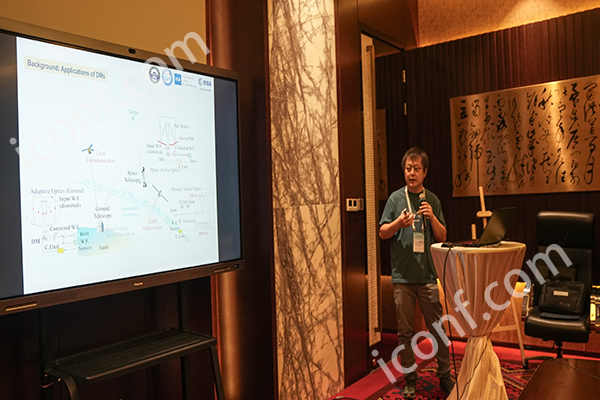Submitting a paper to an IEEE conference is a crucial part of academic and professional growth. Whether you are new to IEEE conferences or a seasoned researcher, understanding the submission process is essential to ensure your paper meets all necessary requirements. This guide walks you through the entire submission process, from preparing your manuscript to receiving feedback.

1. Understand the Submission Guidelines
A. Review the Conference Call for Papers
- Start by reviewing the Call for Papers (CFP) for the specific IEEE conference you wish to submit to.
- Make sure your research topic aligns with the conference's themes and tracks.
B. Conference Paper Template
- IEEE Paper Template: Use the official IEEE conference paper template available on the conference website. This ensures your manuscript meets formatting standards.
- Sections to Include: Your paper should generally include an abstract, introduction, methodology, results, and conclusion.
2. Prepare Your Manuscript
A. Writing Your Paper
- Abstract: Write a concise abstract that clearly summarizes the main points of your paper.
- Keywords: Select relevant keywords to improve discoverability in databases.
- References: Cite relevant studies following IEEE referencing style.
B. Formatting
- Ensure your manuscript follows the IEEE two-column format, which is the standard for most IEEE conferences.
- Include necessary figures, tables, and equations formatted correctly within the manuscript.
3. Register for the Conference
A. Conference Registration
- Before submitting your paper, register for the conference. Many IEEE conferences require authors to register early for paper submission.
- Registration typically involves creating an account on the conference management platform.
B. Author Registration
- You may need to indicate that you are the corresponding author and provide your contact details during registration.
4. Submit Your Paper through the Conference Portal
A. Paper Submission Platform
- Most IEEE conferences use platforms like EasyChair or CMT for paper submissions. Log in to the designated portal to submit your manuscript.
B. Upload Your Manuscript
- Follow the step-by-step process to upload your paper. You will typically be required to submit the manuscript in PDF format.
C. Additional Information
- You may also need to provide additional information, such as a paper title, keywords, and a list of authors.
- Some conferences request you to suggest potential reviewers for your paper.
5. Review Process and Acceptance
A. Peer Review
- Once submitted, your paper will undergo a peer review process, where experts in your field assess its quality, originality, and relevance to the conference.
B. Acceptance Notification
- After review, you will receive a notification regarding your paper's acceptance. This may include comments for revision or recommendations from the reviewers.
6. Revise Your Paper (if needed)
A. Implement Reviewer Feedback
- If your paper is accepted with revisions, carefully address all reviewer comments.
- Revise your paper accordingly and resubmit it by the given deadline.
B. Final Paper Submission
- Once all revisions are made, submit the final version of your paper following the conference’s guidelines.
7. Registration for Presentation
A. Register as a Presenter
- After acceptance, you will likely need to register for the conference as a presenter. This may involve paying an additional fee or confirming your attendance.
B. Prepare for Presentation
- Depending on the conference format, prepare to present your paper in person or virtually.
- Create a presentation that aligns with the paper's key points, using slides, visuals, and clear explanations.
8. Publication of Your Paper
A. IEEE Xplore Indexing
- Accepted papers are typically published in the IEEE Xplore Digital Library. This is one of the largest databases for engineering and technology research.
- Ensure you complete any necessary steps to get your paper indexed, including copyright transfer agreements.
Conclusion
The IEEE conference paper submission process is structured and rigorous, but following the steps outlined here will help ensure your paper is well-prepared and successfully submitted. By adhering to submission guidelines, engaging with reviewers, and preparing for your presentation, you can increase your chances of having a successful experience at an IEEE conference.
For more information about IEEE conferences, visit iconf.com.


